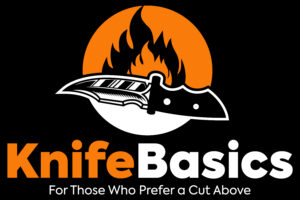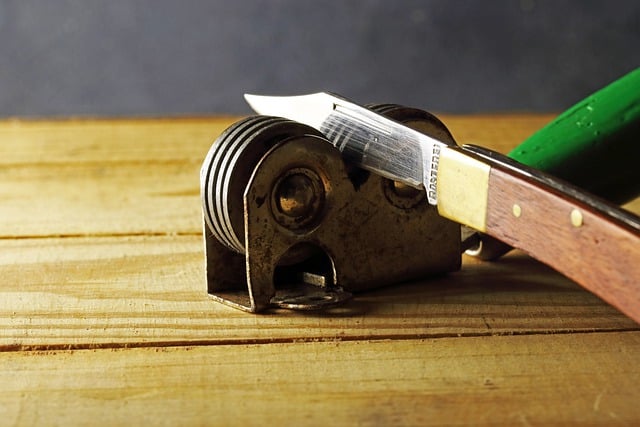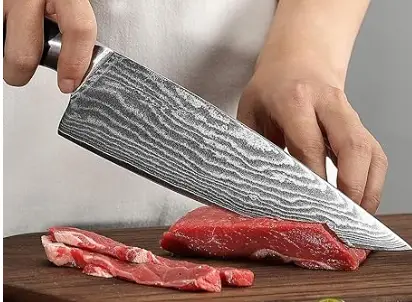Before we look into a reverse tanto, it would help us understand what a regular tanto blade is. Tanto blades are short Japanese blades that curve up to the tip. Tanto blades can be double-edged, where the end rises to the spine at a sharp angle, and this type is referred to as the American tanto. They are effective for piercing and slashing.
Reverse tanto blades are the modern versions of the original tanto blade. The significant difference between the tanto and reverse tanto blades is the position of the angle. The angle is placed on the sharp edge for tanto blades, while for reverse tanto, it is located on the blunt edge.
The strength of reverse tanto blades lies in their construction. It is designed to have a thick, tough and heavy belly with a hard tip. The shape makes them ideal for piercing and slicing. Although the top is very hard, it does not come at the expense of its toughness. The triangular tip of reverse tanto blades is the strongest among blade tips.
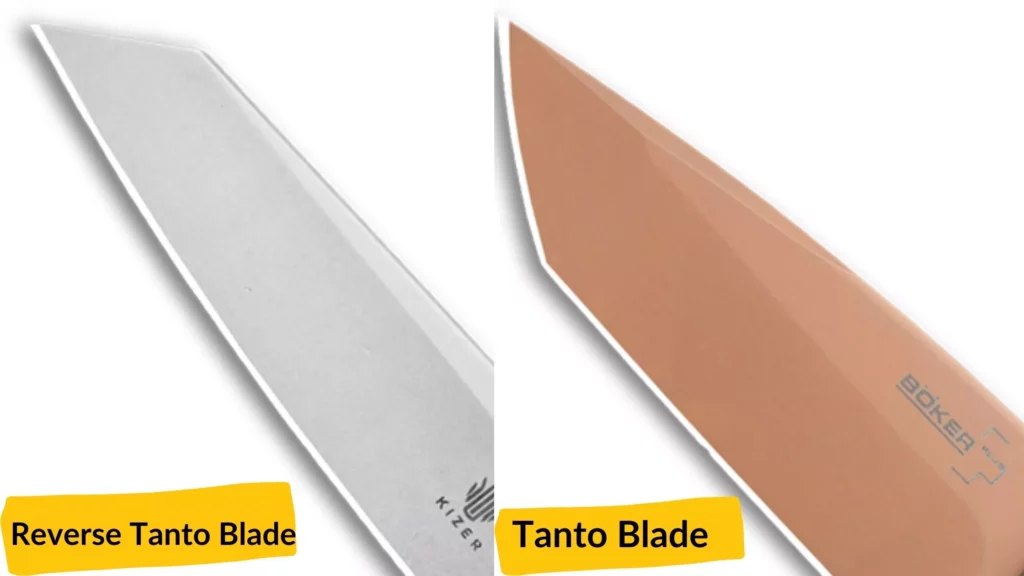
Apart from the sturdy tip, reverse tanto blades stand out in aesthetics. Some people purchase reverse tanto knives for the love of the unique design. The knives are marketed as cool and unique, and owning one earns you the respect of an experienced knife user.
Uses of reverse tanto blades
- Piercing
The shape of the reverse tanto blades makes it an ideal choice for piercing. Unlike other conventional blades, the reverse tanto is manufactured with more steel towards the tip. This makes the steel very strong and takes up challenging tasks.
It is most commonly referred to as an armour-piercing blade, as it quickly penetrates body armour. This feature makes reverse tanto blades perfect for outdoor and survival knives because they can pierce through dense material.
- Slicing
Reverse tanto blades are also perfect for slicing because its length belly. What’s more, the centered tip enables you to make neat and clean cuts. You can as well pull style cuts with the pronounced tip.
- Slashing
Reverse tanto blades are capable slashers made possible by the blade design. The curved blade with a robust triangular tip can slash through materials effortlessly.
- Everyday Carry
Reverse tanto blades are perfect for EDC knives because they can handle various tasks, from cutting ropes to piercing through a thick car door. In addition to the abilities, its unique design makes you want to carry it around for show-off.
Pros of reverse tanto blades
- Reverse tanto blades can effortlessly pierce through tough materials. This is made possible by the triangular-shaped strong tip.
- If you choose between tanto and reverse tanto blade knives, you better go with the latter because it is more practical and functional. It can be used for piercing, stabbing, slicing, and skinning, among other tasks.
- Reverse tanto blades are perfect in EDC knives because they are durable and functional with a unique design.
Cons of reverse tanto blades
- The strength of the tip depends on the manufacturer, so you must purchase your reverse tanto knives from reputable manufacturers. Some manufacturers reduce the tip’s steel mass while increasing the belly size making the final product less powerful.
- Folding knives with tanto blades can be very dangerous, especially if it does not have a solid lock mechanism, because it can snap and hurt you. Even though folding knives are easier to carry around, purchasing fixed reverse tanto knives is advisable.
Reverse Tanto versus other blade shapes

Reverse Tanto vs Wharncliffe
Reverse tanto and Wharncliffe have almost similar tips. The crucial difference is that the tip of the reverse tanto shape has more mass, making it stronger and more useful for piercing. The main difference comes in the edge shape. While the edge of reverse tanto is curved, the Wharncliffe edge is flat from the handle to the tip.
A Wharncliffe blade is more suited for EDC tasks and slicing performance, while a reverse tanto is more suited for piercing due to its robust tip. An easier way to differentiate the two is the thicker spine and tip of the reverse tanto.

Reverse Tanto vs Drop Point
Reverse tanto and drop point share an almost similar tip construction; however, the tip of the reverse tanto is much stronger than the tip of the drop point blade. This is due to the fact that a Reverse Tanto features a triangular designed tip while that of a drop point slightly curves to make a convex line from the spine to the tip.
A drop point blade also features curved lines from the tip towards the belly, while a reverse tanto features distinct lines. With this construction, a drop point is excellent, particularly for hunting, as the tip is in uniform with the central axis of the blade.
This means that there will be less pitching momentum when stabbing or poking hence improving the accuracy of the blade as it won’t pitch downwards or upwards. The belly of a drop point will also make it a good EDC as it can be used for normal cutting tasks.
A reverse tanto strong and durable tip is suitable for tough piercing applications; it is most suitable for survival, combat and defence, particularly in the military. A reverse tanto belly will also give it better slashing performance.
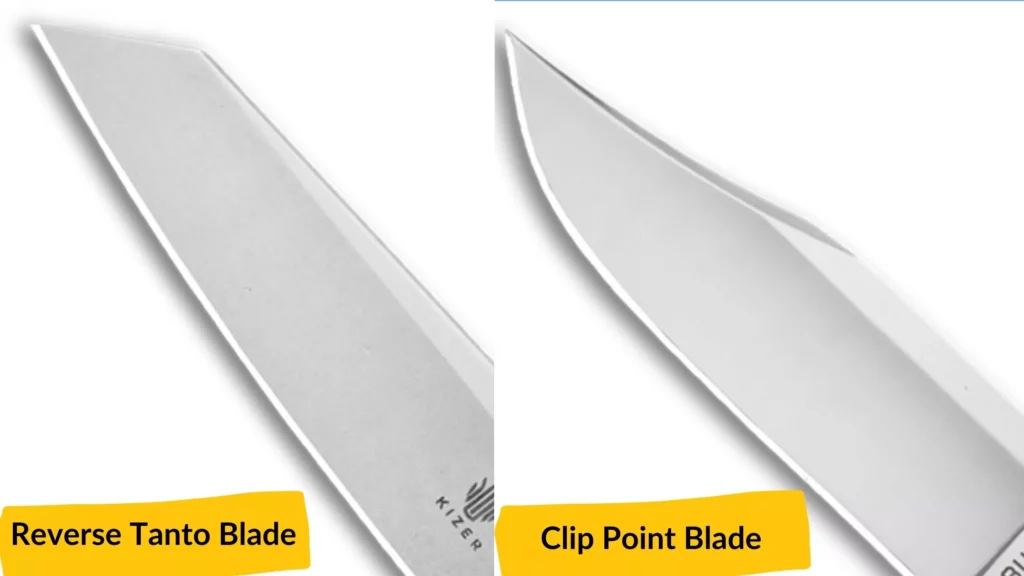
Reverse Tanto vs Clip Point
A clip point blade is often confused with the drop point blade shape as they are very similar. The distinctive difference is that a clip point features a concave curve towards the tip of the spine while a drop point features a convex curve. Both a reverse tanto and a clip point are excellent for piercing, with a clip point featuring a thin tip that can pierce deeper but not strong.
However, a reverse tanto tip is stronger than the clip point blade due to its triangular shape. A clip point will also offer better slicing performance due to a bigger belly and a thinner spine. A clip point thinner blade and the tip is an excellent tool for detailing work, while a reverse tanto thicker blade and the strong tip are more suited for a survival knife.
Conclusion
Reverse tanto blades are rising in popularity by the day. They are not only unique and cool, but they can pierce and slice among other applications. A reverse tanto blade is likely to be more expensive as the geometry is harder to produce and require much more metal than other blade shapes like a drop point.
A reverse tanto is also not limited to the blade grind type on the blade edges. You will find some reverse tantos with multiple grinds to make them suitable for particular applications. A more common grind is the chisel grind, ideal for demanding applications.
Check Out This Classy Kizer Folding Reverse Tanto Knife
